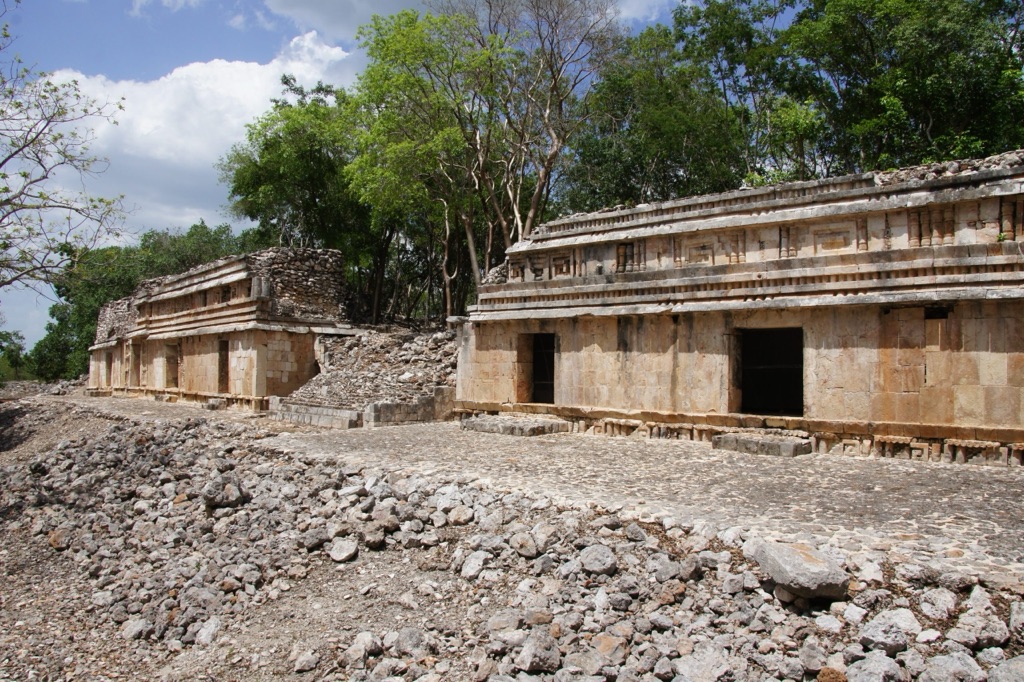Chunhuhub, a pre-Columbian archaeological site, is situated in the state of Campeche, Mexico, near the town of Bolonchén de Rejón. This site, which developed during the Classic Mesoamerican period, is part of the Puuc region, renowned for its unique architectural style. The name Chunhuhub, derived from the Yucatek Maya language, translates to “Next to the Snail,” although some interpretations suggest it means “trunk or place of the Hunhub tree.”
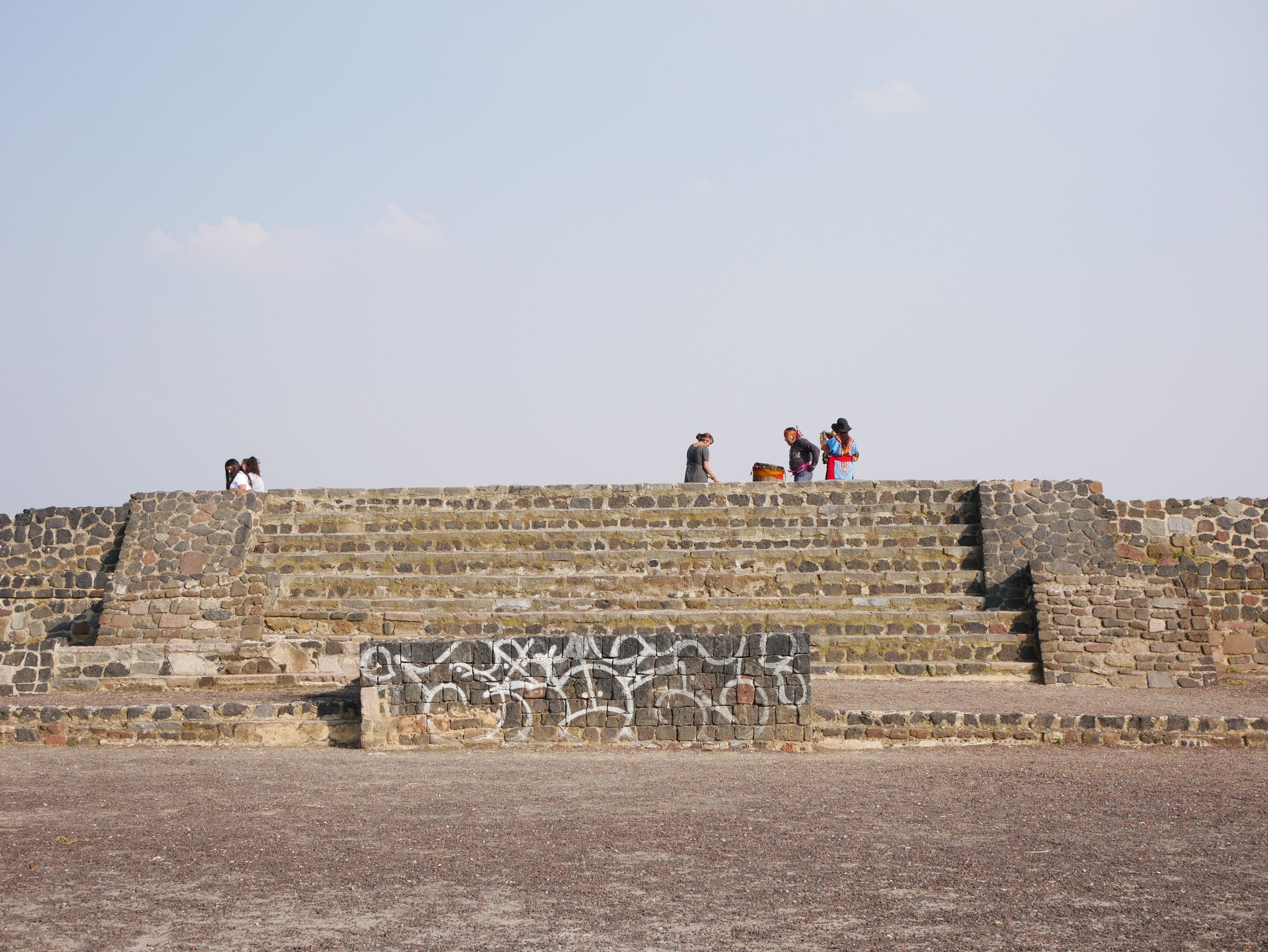
Cerro de la Estrella
Cerro de la Estrella is a significant Mesoamerican archaeological site located in the southeastern part of the Valley of Mexico, within the Iztapalapa mayoralty of Mexico City. Positioned at an elevation of 2460 meters above sea level, its summit rises 224 meters above the Valley of Mexico. This site, known historically as Huizachtecatl, played a crucial role in the religious and cultural practices of the ancient inhabitants of the Mexican Plateau, notably as the location for the “New Fire” ritual ceremony.
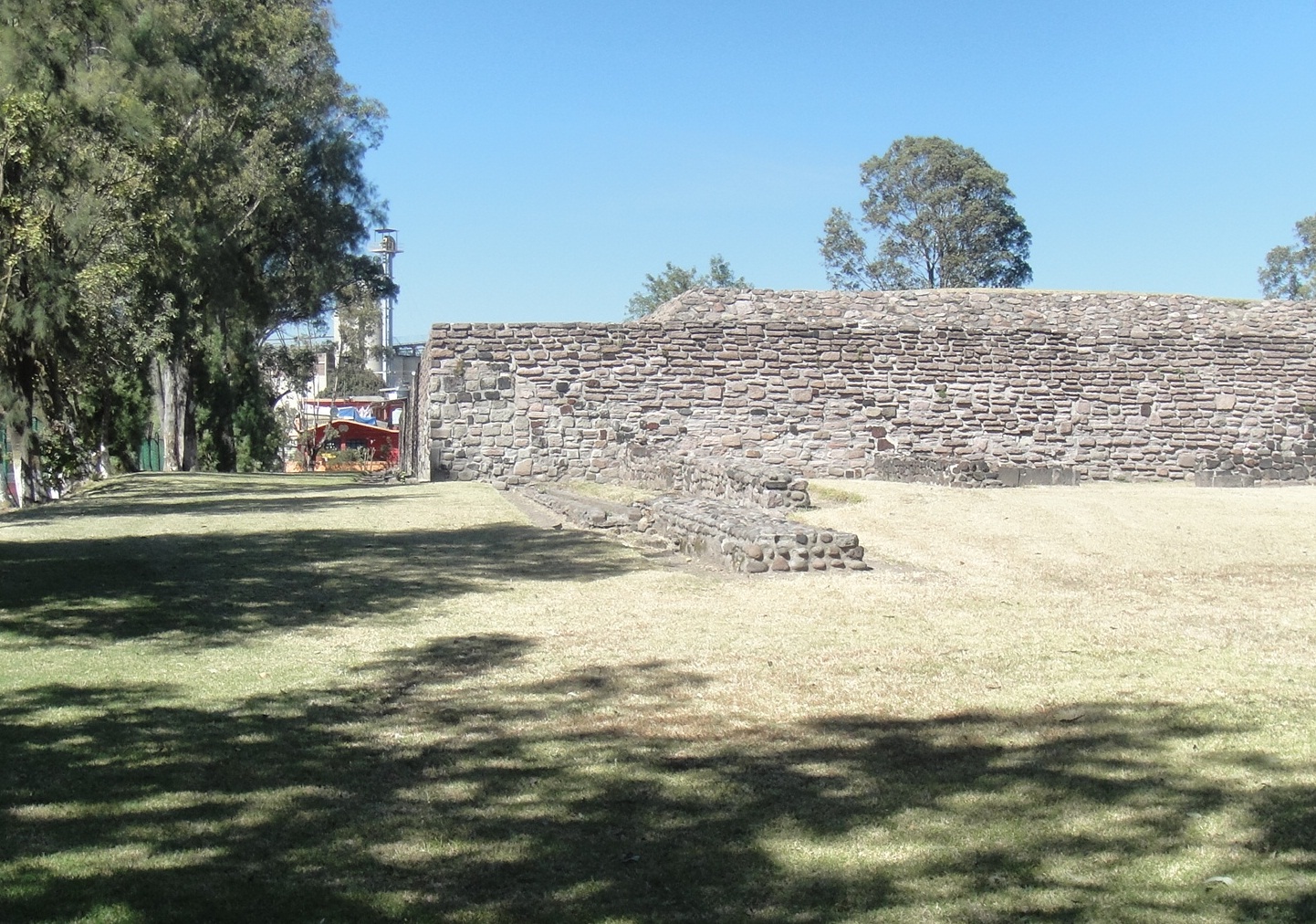
El Conde
El Conde is a significant archaeological site located in the municipality of Naucalpan, Mexico State. This site, which was declared a pre-Hispanic historical monument on December 28, 2001, offers valuable insights into the complex cultural and historical dynamics of the Valley of Mexico. The following sections provide a detailed examination of El Conde’s historical context, the cultures that influenced its development, and the architectural characteristics of the site.
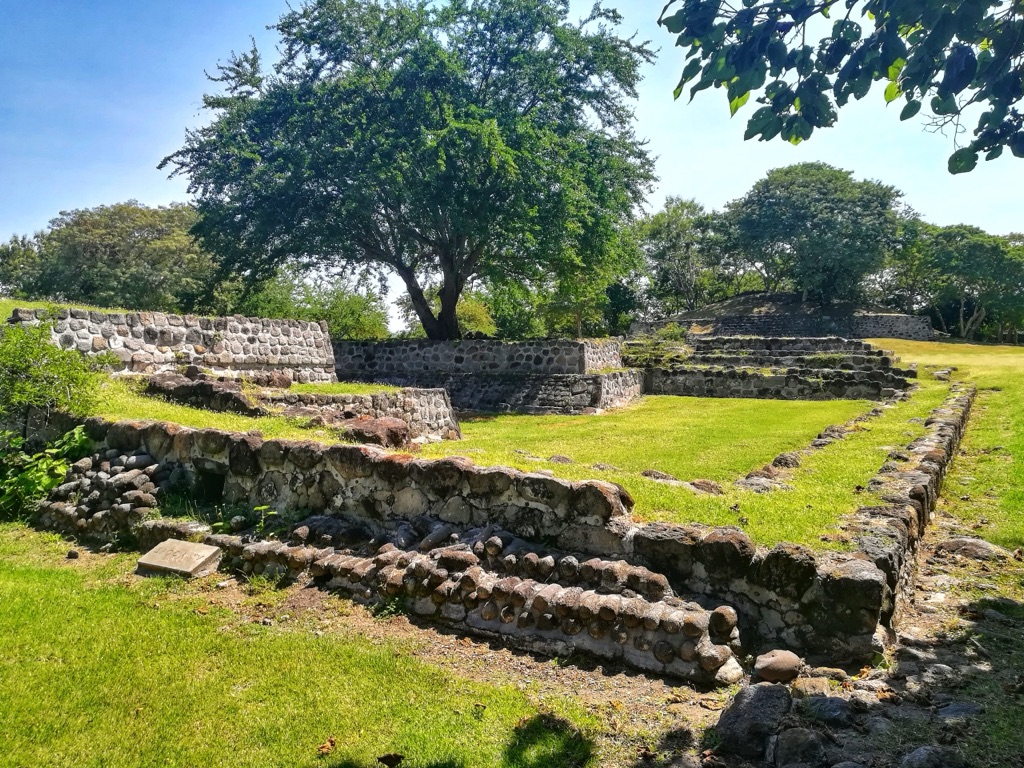
Coatetelco archaeological site
The Coatetelco archaeological site, also known by its alternate spellings such as Cuatetelco, Cuahtetelco, and Cuauhtetelco, represents a significant pre-Hispanic cultural heritage located in the vicinity of the Coatetelco Lagoon, near Alpuyeca in the Miacatlán municipality, Morelos, Mexico. This site, in close proximity to the renowned Xochicalco archaeological zone, offers invaluable insights into the region’s ancient civilizations, particularly during its zenith between 500 and 150 BC. The name Coatetelco, with its various interpretations, reflects the rich linguistic and cultural tapestry of the area, hinting at its historical significance as a place of worship, habitation, and strategic importance.
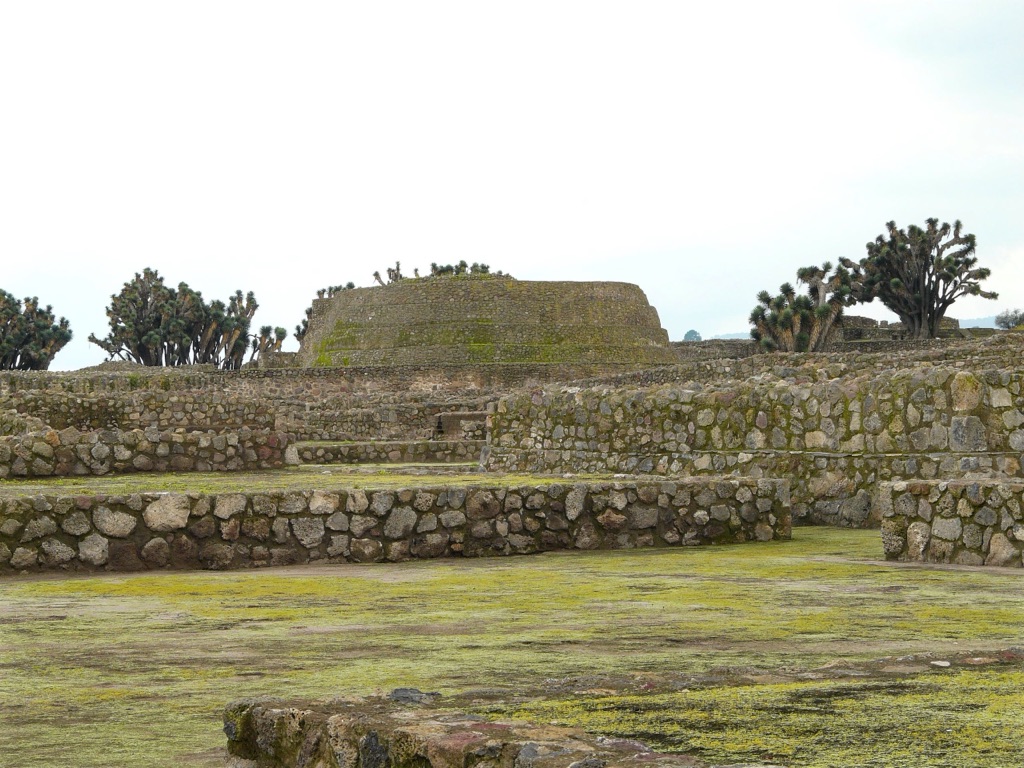
Tecoaque
Tecoaque, which translates to “the place where they ate them” in Nahuatl, is an archaeological site of significant historical importance. It is known for the capture and sacrifice of a Spanish convoy by the Aztecs in 1520. This event is a rare instance of pre-Columbian inhabitants capturing Europeans. The site offers a unique glimpse into Aztec civilization and their interactions with Spanish conquistadors.
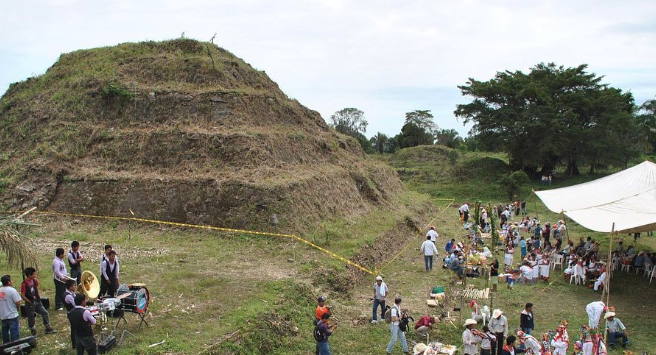
Mesa de Cacahuatenco
Mesa de Cacahuatenco is a significant Mesoamerican pre-Columbian archaeological site situated in the municipality of Ixhuatlán de Madero, in the northern region of Veracruz, Mexico. This site, positioned south of the Vinasca River, is approximately 44 kilometers west of Castillo de Teayo and about 80 kilometers southeast of the El Tajín archaeological site. Mesa de Cacahuatenco, with its extensive area and numerous structures, is recognized as a crucial ceremonial center within the Huasteca region.

